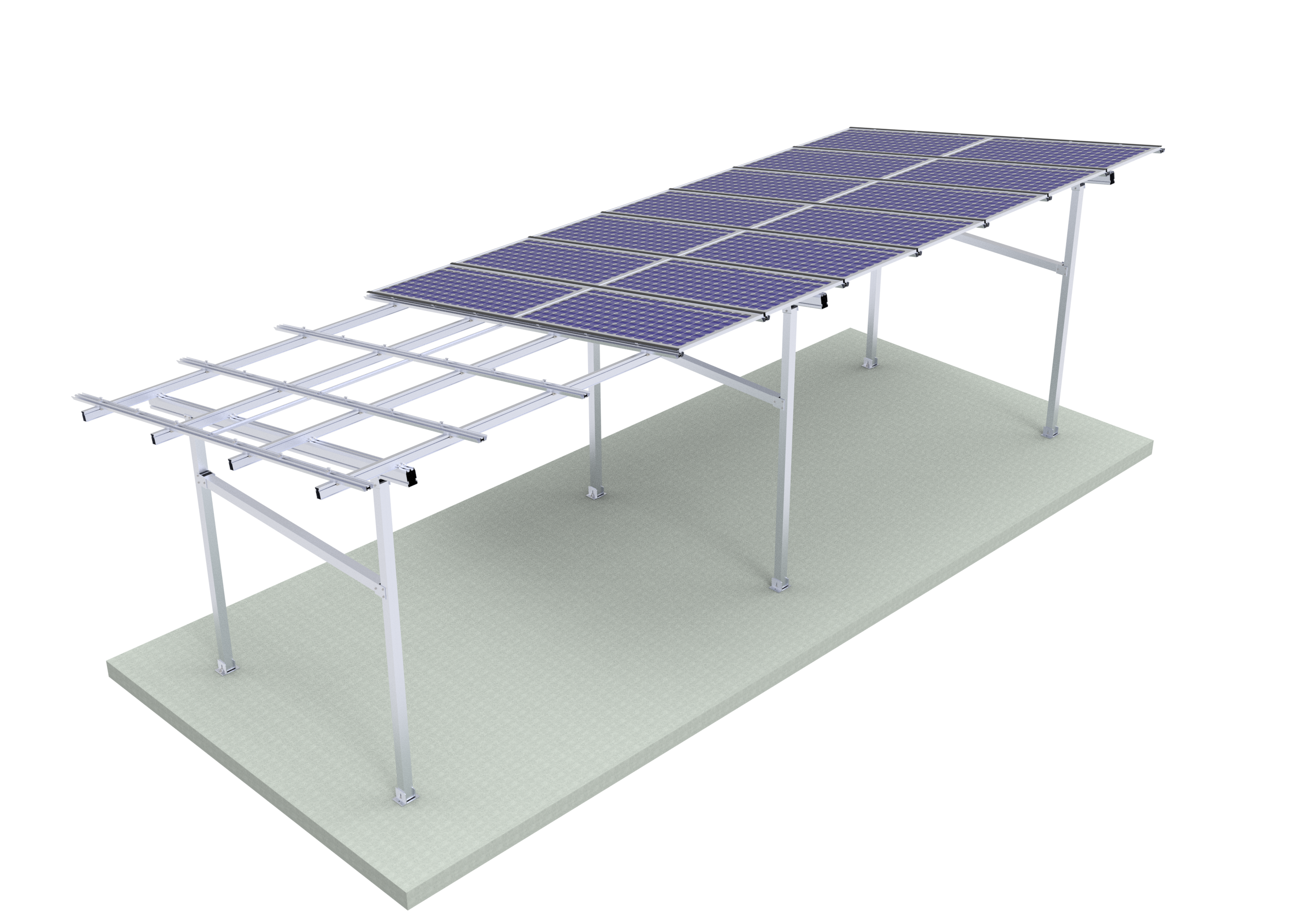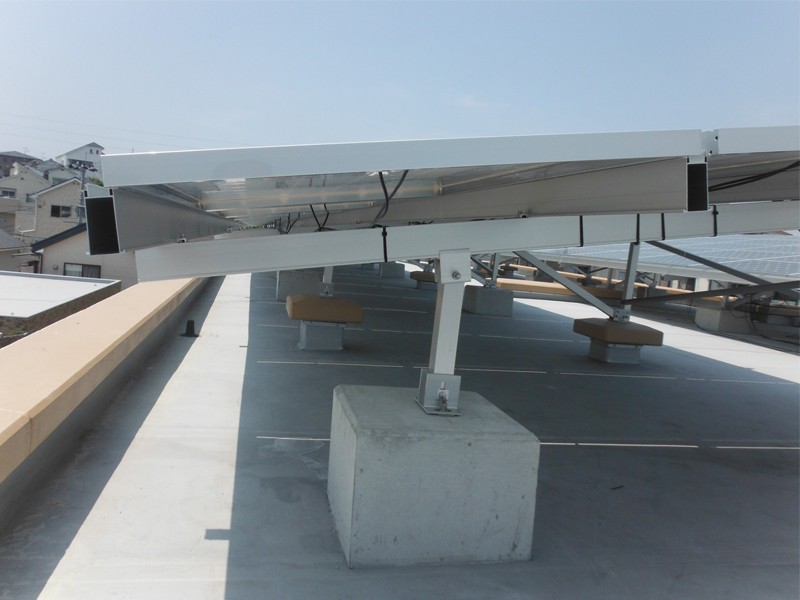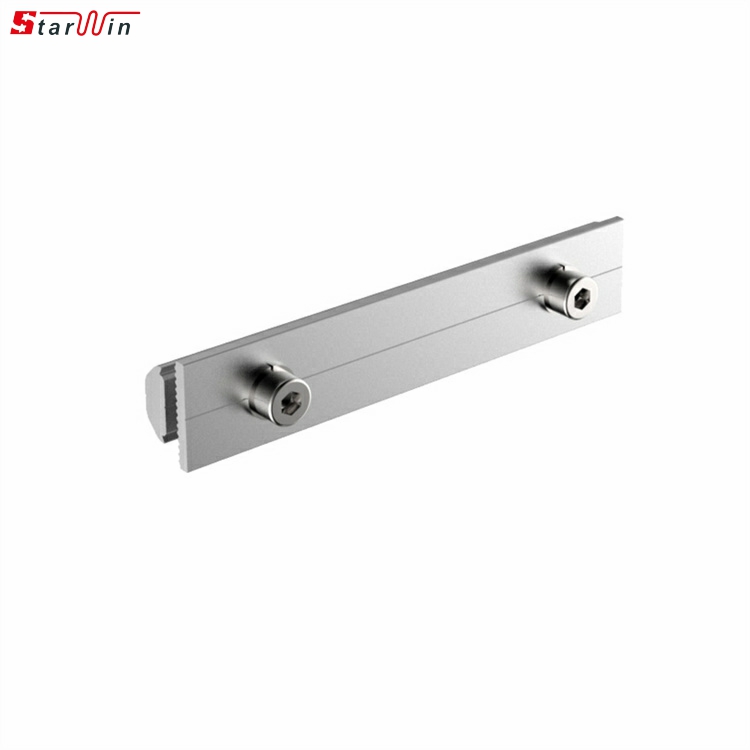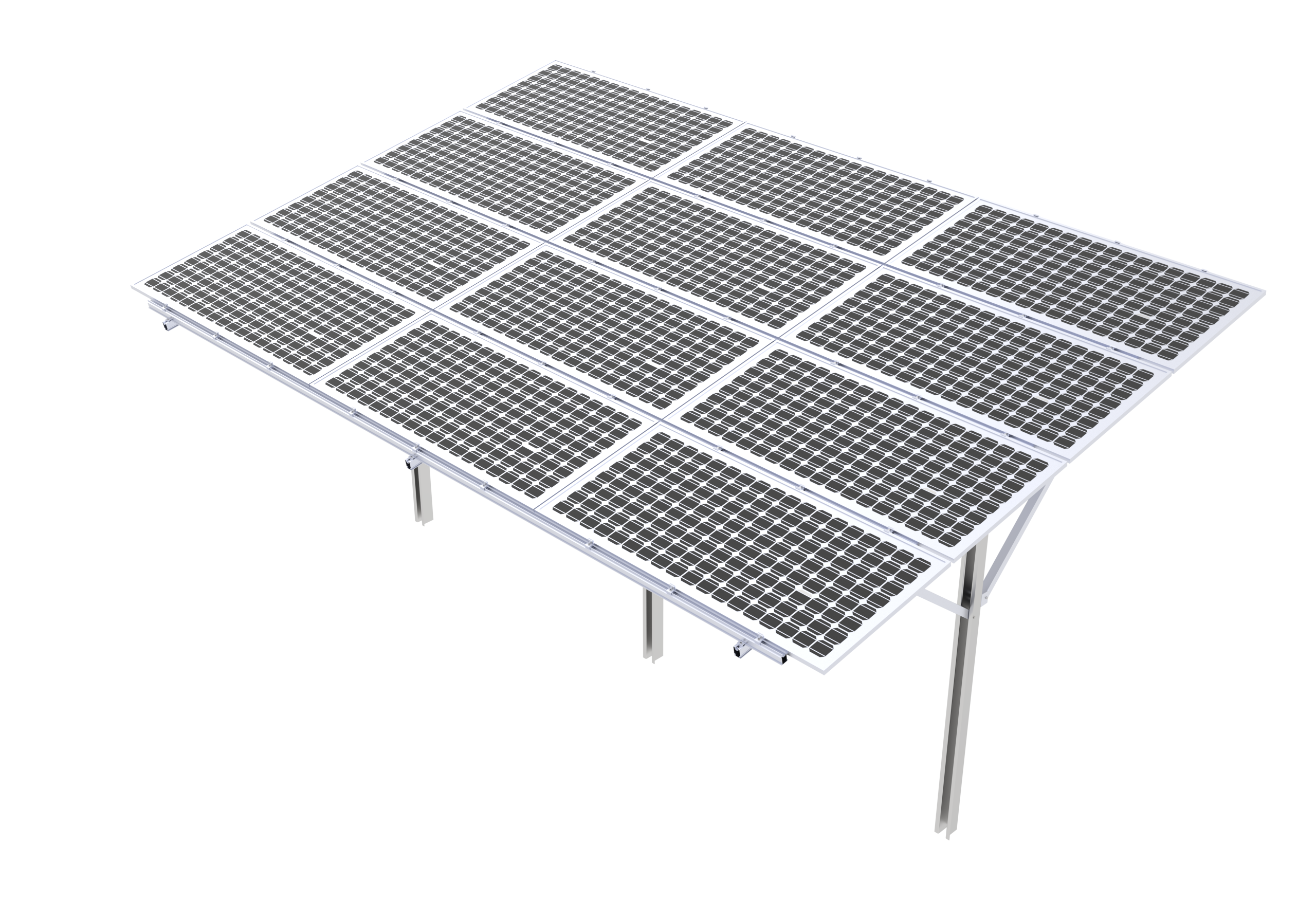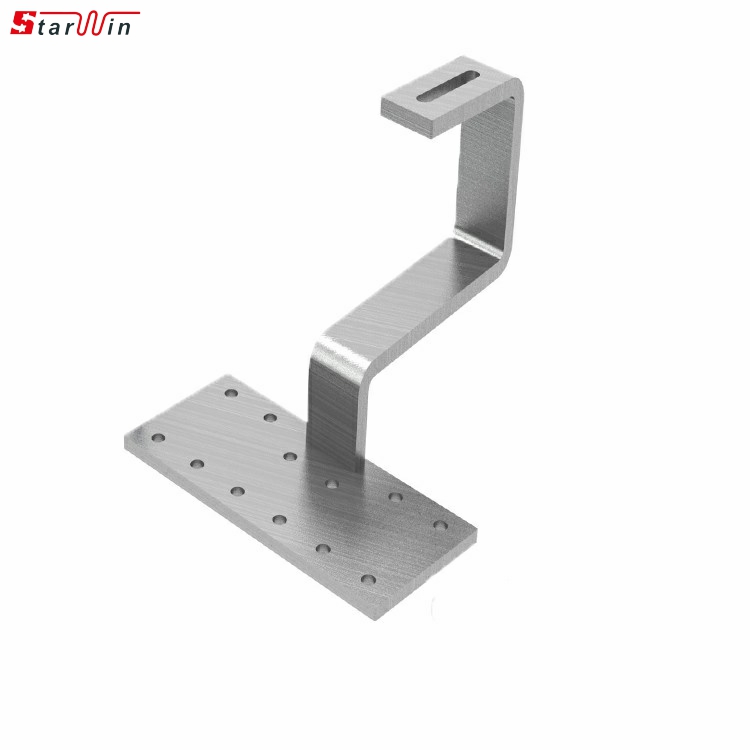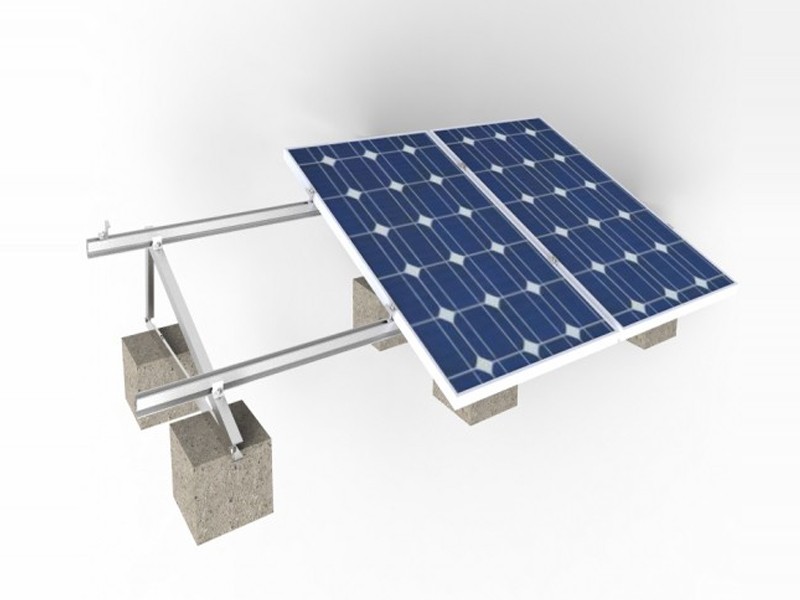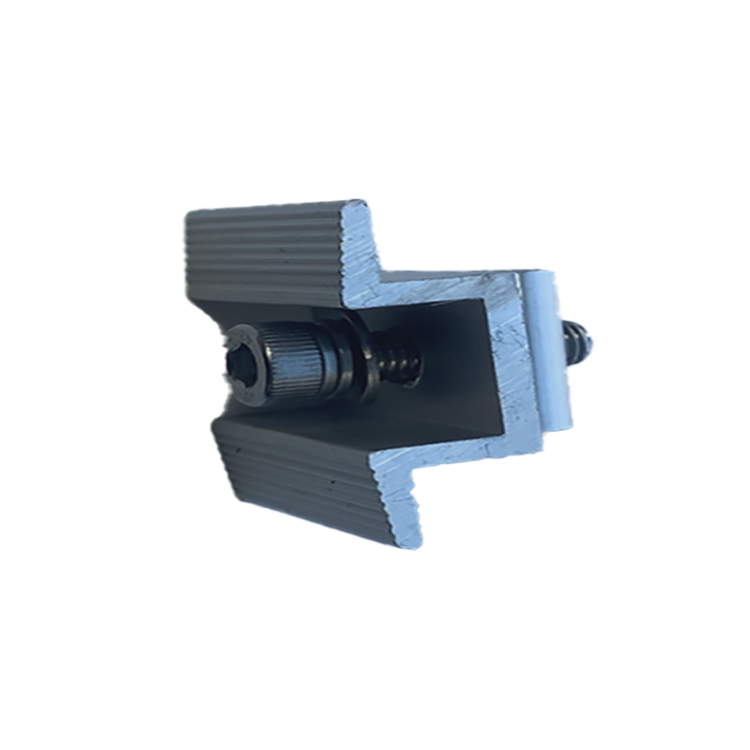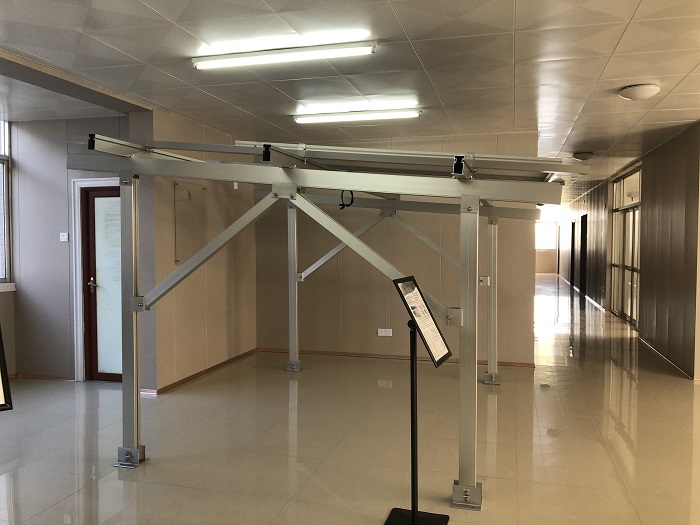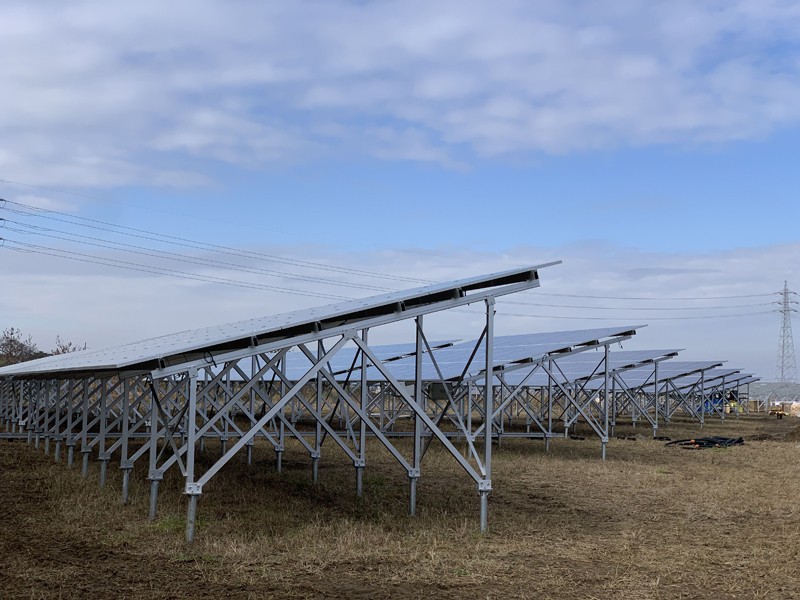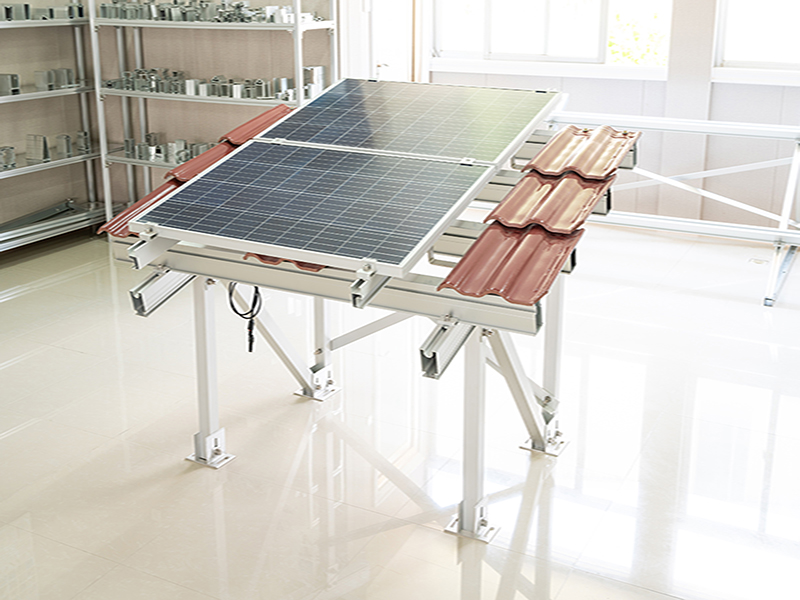Solar Roof Mounting Systems
Introduction
As renewable energy becomes a cornerstone of modern sustainability efforts, solar roof mounting systems have emerged as essential components in solar energy installations. These systems provide the structural support needed to securely attach solar panels to rooftops, ensuring optimal performance and longevity. Whether you're considering a solar roof system for residential or commercial use, understanding the benefits, types, and installation processes of solar roof mounting systems is crucial. For a detailed guide on choosing the best solution, visit this solar roof mounting system page for comprehensive insights.

Benefits of Solar Roof Mounting Systems
Maximized Energy Efficiency
Solar roof mounting systems are designed to position solar panels at the ideal angle and orientation to capture maximum sunlight. This precision ensures that panels operate at peak efficiency, generating the highest possible energy output. Additionally, some systems are adjustable, allowing users to fine-tune the angle of the panels throughout the year to align with seasonal sun paths. By optimizing energy collection, these systems contribute significantly to reducing energy bills and maximizing return on investment.
Enhanced Structural Integrity
One of the primary benefits of solar roof mounting systems is their ability to enhance the structural stability of solar panel installations. These systems are engineered to withstand extreme weather conditions, including strong winds, heavy snow, and seismic activity. High-quality mounting solutions also protect the roof by evenly distributing the weight of the solar panels and minimizing stress on the structure. This durability ensures the safety and longevity of both the roof and the solar panels.
Types of Solar Roof Mounting Systems
Fixed Tilt Systems
Fixed tilt systems are among the most common types of solar roof mounting systems, offering a straightforward and cost-effective solution for solar panel installation. These systems position the panels at a fixed angle, optimized for the location’s latitude to capture the most sunlight. Fixed tilt systems are known for their simplicity and low maintenance requirements, making them an excellent choice for residential properties and small commercial buildings. They are particularly suitable for regions with consistent sunlight throughout the year.
Ballasted Mounting Systems
Ballasted mounting systems are a popular choice for flat roofs, as they do not require roof penetration. Instead, these systems use weights to secure the solar panels in place, making them ideal for buildings where roof integrity must be preserved. Ballasted systems are easy to install and relocate, offering flexibility for future modifications or expansions. Their non-invasive design also reduces installation time and costs while maintaining excellent stability and performance.

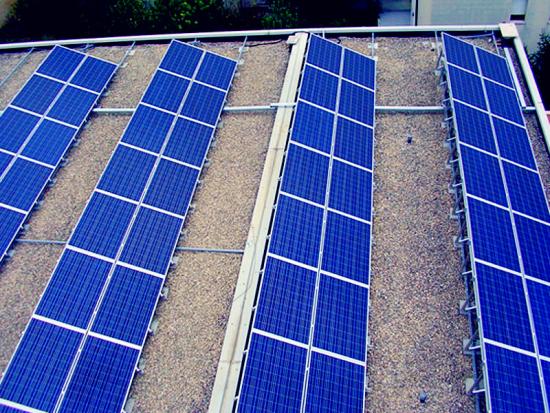
Installation Process and Considerations
Roof Assessment and Preparation
Before installing a solar roof mounting system, a thorough assessment of the roof’s condition and capacity is essential. Factors such as roof material, angle, and structural integrity play a critical role in determining the most suitable mounting system. Professional installers will evaluate these aspects and ensure that the roof is capable of supporting the added weight of the solar panels and mounting hardware. Proper preparation may include repairs or reinforcements to extend the roof’s lifespan.
System Installation and Panel Attachment
The installation process begins with securely attaching the mounting system to the roof, either through penetrative methods or non-invasive techniques like ballasted systems. Once the mounting structure is in place, solar panels are carefully aligned and fixed to the mounts. Precision during this step is crucial to ensure optimal energy capture and system stability. After installation, thorough inspections and testing are conducted to confirm that the system is secure and functioning as intended.
Maintenance and Longevity
Regular Inspections for Optimal Performance
To maintain the efficiency and longevity of solar roof mounting systems, regular inspections are essential. These inspections should focus on checking the structural integrity of the mounts, ensuring that all components are secure and free from corrosion. Cleaning the panels and clearing debris from around the mounting system also helps preserve energy efficiency and reduces wear over time.
Timely Repairs and Upgrades
Over time, certain components of the mounting system may require repairs or upgrades to maintain optimal performance. Promptly addressing issues such as loose bolts, rusted parts, or misaligned panels prevents more significant problems and extends the overall lifespan of the system. Additionally, technological advancements may present opportunities to enhance the system with improved materials or features.
Conclusion
Solar roof mounting systems are the foundation of efficient and reliable solar energy installations. From maximizing energy efficiency to ensuring structural integrity, these systems play a critical role in the success of solar projects. Whether you’re installing a residential solar roof system or outfitting a commercial building, choosing the right mounting solution is key to achieving long-term benefits. For more information and to explore premium mounting options, visit this solar roof mounting system guide. Investing in high-quality solar roof mounting systems is a step toward a greener, more sustainable future.

